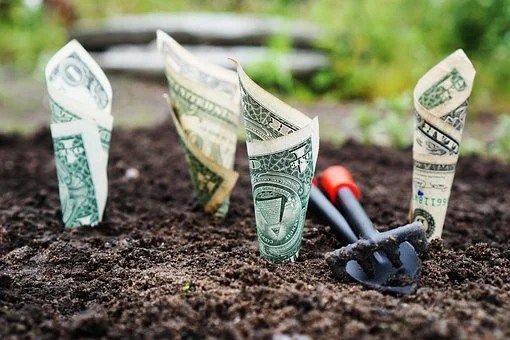A clogged drain line is a homeowner’s greatest fear. A drain line, as opposed to a sewage line, transports surplus water to oceans, reservoirs, or other suitable locations.
If the drainpipe breaks or collapses, you may notice a flood or foul odors in your house.

Sewer Line vs. Drain Line
A drain line and a sewage line are not the same things, even though they fulfill comparable roles on your property.
The most basic reason is that a drain line transports surplus water, while a sewer line transports wastewater and solid waste.
Another difference is that all sewage lines are man-made, while certain drain systems develop naturally.
If your sewage line is damaged, the repair cost can shoot you down a couple of thousand dollars.
Indications of a Broken Drain Line
To avoid major damage to your house from a damaged drain line, keep an eye out for the following warning signs:
- Clogged drains that keep recurring
- Water and sewer costs will be higher.
- A foul odor emanating from your toilets, sinks, or other pipe openings around the home.
- Your yard has some flooded areas.
- The toilet is making a gurgling sound.
- Toilets that flush at an inordinately slow rate.
If you detect any of the difficulties listed above, it is time to call reliable drain and plumbing.
Early detection of a problem may allow you to budget for the expense of replacing a kitchen drain pipe or similar drainage system.
Repairing a Drain Pipe
Drain lines in your home are generally among the earliest components to be built, making them older than the house itself.
This indicates that they might be over 100 years old in certain circumstances. When it comes to possible pipe concerns, however, age is not the only factor to consider.
Most drain lines are underground, but just because they underground do not guarantee they are safe.
The pipes are subjected to freeze-thaw cycles, groundwater, and other natural factors that may cause them to deteriorate, corrode, or even collapse under stress.
So, how much does a drain pipe replacement cost? Of course, the cost of your project is determined by a variety of variables, which we shall discuss below:
Read Also:
Factors Influencing Drain Pipe Repair Prices
The fact that it might be difficult to detect the issue complicates your drain pipe repair expense.
Because pipes travel from your home to the closest trash source and are often underground, locating the problem may be quite difficult.
Aside from that, there are a few additional factors that might affect the cost of repairing a broken drainpipe, such as:
Location
If the break happens outside the house, your plumber will have to dig the dirt above it.
Because the pipes are many feet below, this may be a time-consuming and costly procedure.
That does not take into account any sidewalks, roads, or trees that may be in the way.
If the issue is within your home, any water damage to the flooring, walls, or foundation must be repaired. This cleaning will increase the cost.
Cause of the break
Rust, blockages, and tree roots are the most prevalent problems with drain pipes.
Tree roots are the most problematic since the tree may need to be removed, which might cost you an additional $630 on average.
If the blockage is caused by debris or rubble, a professional may need to replace the whole piece of pipe.
If the rust cannot be removed or fixed, you will have to replace the whole structure.
Costs of cleanup
Even when the line is repaired, many homeowners must deal with the property damage caused by the leak.
This may include repairing carpets, damaged flooring, and wet drywall. You may need to re-sod your grass or rebuild walkways outside. These cleaning charges might vary.
Common Drain Line Problems
Every home’s plumbing system has issues from time to time. Many of these concerns may be resolved with simple do-it-yourself skills.
But how can you tell the difference between a slight annoyance and a warning of something more serious?
Too frequently, homeowners wait until it is too late to find out, which just adds to the expense of replacing a basement drain pipe.
In addition to the warning indicators stated above, here are additional situations to keep an eye out for – or face the consequences:
Repetitive Clogs
Drains in our houses are used to dispose of unwanted items such as food leftovers, hair, and sewage.
Clogs may sometimes be removed by utilizing a chemical drain cleaner or a snake tool.
If you have to do this every few months, there is generally nothing to worry about. If, on the other hand, this becomes a weekly occurrence, there is very certainly a major issue somewhere down the line.
Drains that Drain Slowly
If your toilets and sinks are draining slower than normal, this might suggest a significant problem.
It might signify that your pipes are clogged with grease or oil, which might lead to major problems in the future.









